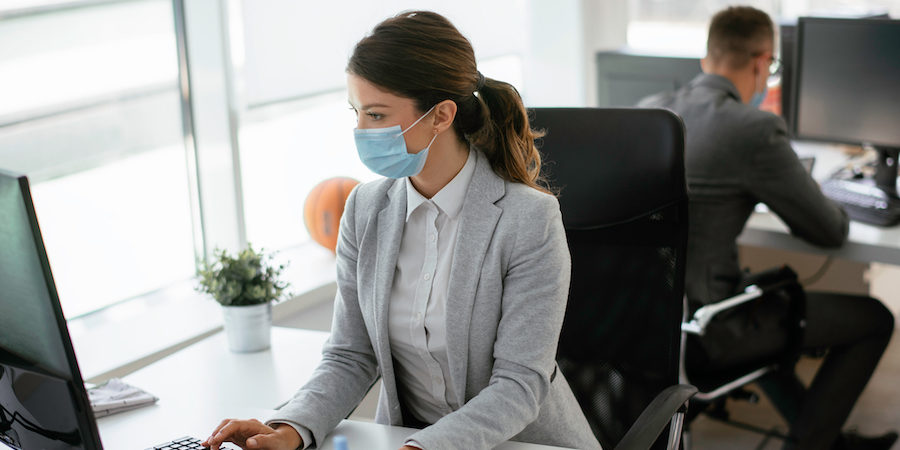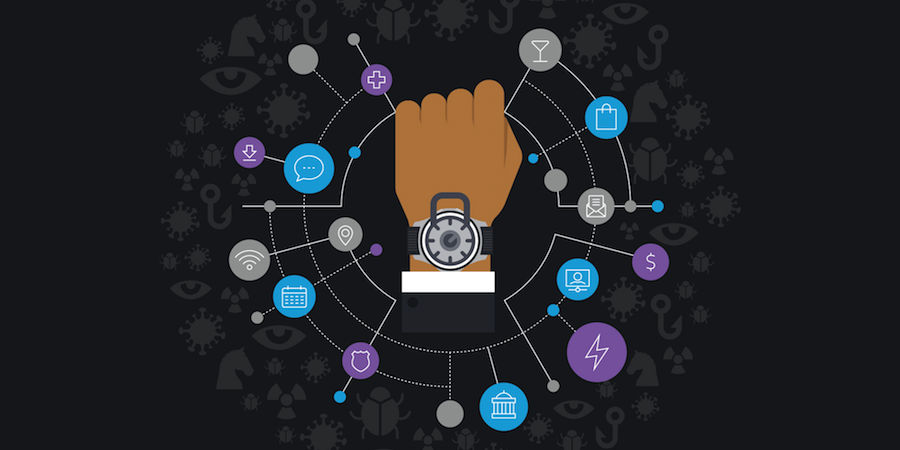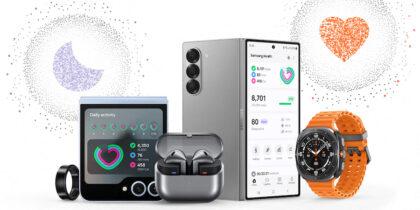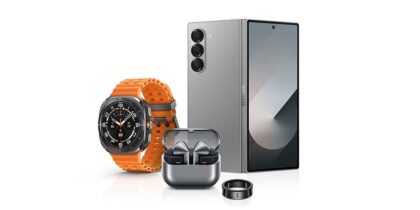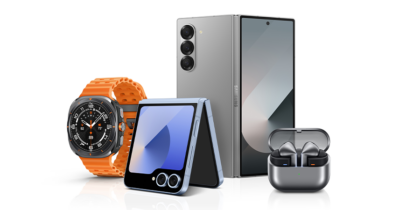Health and safety are top of mind for employers and workers alike as the world seeks to return to work. But workplace conditions vary widely by industry and location, so there is no one-size-fits-all solution. Accordingly, creating a safe work environment will require a layered approach that accounts for the unique policies, practices and technologies that make the most sense for each environment.
As Gartner noted in a recent webinar, “Reopening offices and businesses demands a package of measures,” and the marketplace is continuing to generate lots of new technologies to help. This is a good sign, as technology is often the essential bridge between good intentions and successful execution.
Remember that, while employers may establish COVID-safe policies and practices, it can take significant work to achieve sustained compliance due to the risk of human error, the stress of remaining mindful about new practices and the fact that many workplaces are difficult to modify.
Five areas to address
Employers must consider several goals as they develop their policies and practices for reopening workplaces. The safety and health of associates entering the workspace is paramount, but compliance with health and privacy regulations, healthcare costs and premiums and liability must also be considered.
Secure and manage your workplace wearables
Get your free guide to the protocols that will keep smartwatches — and your company data — secure. Download Now
A solid return-to-work plan addresses two main categories: the people who enter the space and the environment itself. Accounting for the people will likely entail updating work schedules and practices, preparing health screenings and developing policies that support worker education and awareness. Accounting for the space will likely entail workplace modifications to facilitate maintenance and cleaning.
1. Work schedules and practices
The Centers for Disease Control and Prevention (CDC)’s Workplace Guidelines urge employers to increase their flexibility around work schedules. Businesses can reduce workplace occupation density and potential exposure by staggering shifts, forming teams, enabling at-home work, offering sufficient sick leave, and creating supportive policies and practices for vulnerable workers.
Other viable methods include requiring personal protective equipment, redesigning work practices to avoid close contact — for instance, by holding meetings virtually, closing off common areas and staggering use of equipment — and urging social distancing throughout the workspace. Workplaces that serve the public need new processes to maintain distance and reduce contact between people and equipment.
Even with signage, barriers and one-way passageways, remembering to social distance in the course of work can be challenging. Many businesses are leveraging digital social distancing solutions, such as badges, phone apps and wearables. Samsung and Radiant RFID’s Social Distancing Management solution, for example, uses the Bluetooth built into the Samsung Galaxy Watch Active2 in combination with the Radiant app to alert coworkers when they get too close to each other and prompt them to social distance.
Wearable solutions can also be configured to take biometric readings, such as temperature and heart rate. Researchers hope that this data will help detect the virus before the wearer even knows they are sick.
2. Health screenings and policies
Screening employees for symptoms before they enter a workspace can help reduce exposure and contain outbreaks. The CDC recommends taking an employee’s temperature, assessing their symptoms before they start work and sending individuals with symptoms home to isolate. Some high-density workplaces may warrant additional COVID-19 testing strategies. In the event that a worker is diagnosed with COVID-19, a nationally notifiable disease, employers should work with health authorities on exposure response and contact tracing. Employers should also pay careful attention to privacy laws when they collect and share data.
A number of technologies have emerged to make screening and contact tracing more efficient. Apps can help workers self-assess and report symptoms, and body temperature kiosks enable unattended and contactless fever screening. The Samsung and Radiant RFID wearable solution also automatically and anonymously tracks close encounters among workers to facilitate contact tracing and limit the impact of an outbreak.
3. Education and awareness
Buy-in from stakeholders is essential to making a return to work plan successful. As much as possible, workers should have input regarding new policies and processes, and employers should be prepared to monitor, measure and adjust their plans in accordance with worker feedback and updated guidance from health organizations. Clear and frequent communication is essential, particularly for workspaces that are open to visitors or the public.
A communication plan should include signage as well as digital communication. Employers are turning to mass notification systems such as apps and digital signage to remind people in the work environment about requirements like hand washing and to offer information on safety and health processes.
4. Workspace modifications
Work environments can be big open spaces or collections of small rooms, and they might see foot traffic from coordinated teams, the general public or both. Business leaders need to consider population density, ventilation, humidity, traffic patterns, spacing, shared equipment and the nature of the work being done in order to determine whether additional equipment will be needed to reduce transmission risk.
Technologies that can support a safe workspace include thermal cameras, audio/video analytics to identify congested areas, improved air filtration, occupancy sensors and contactless access control, according to the Occupational Safety and Health Administration (OSHA) and the International Facility Management Association’s Coronavirus Resource Center. Desk and office reservation systems can help manage demand for shared resources.
5. Maintenance and cleaning
Reducing the risk of transmission requires regular, thorough cleaning of shared surfaces. Stepping up cleaning practices will not only make environments safer but also make workers and visitors feel safer, which is important to a successful return to work. The Environmental Protection Agency (EPA) published a list of recommended disinfectants for regular sanitization of shared surfaces and devices, but check with individual manufacturers on cleaning guidance for technologies that may not stand up to those products.
Cleaning and maintenance apps now include COVID-19-specific checklists to support compliance and simplify reporting. Some facilities with high traffic, such as healthcare settings, airports and stadiums, are even adopting drones and robots to automate certain cleaning tasks, such as applying UV light.
Moving forward with the return to work
Scientists and medical professionals continue to learn more about COVID-19 and how to treat it, but employers must also take steps to keep their workers safe from the virus. Collecting data and feedback about new processes, policies and technologies can help employers ensure that the measures they have implemented are working — and make changes if they are not. Business leaders can discover new ways to refine and improve what their current strategies by testing out new technologies that support social distancing and increased productivity in the workplace.
Learn how to develop new and innovative wearable apps tailored specifically to your business needs, and discover five ways that smartwatches keep your team connected and safe.
